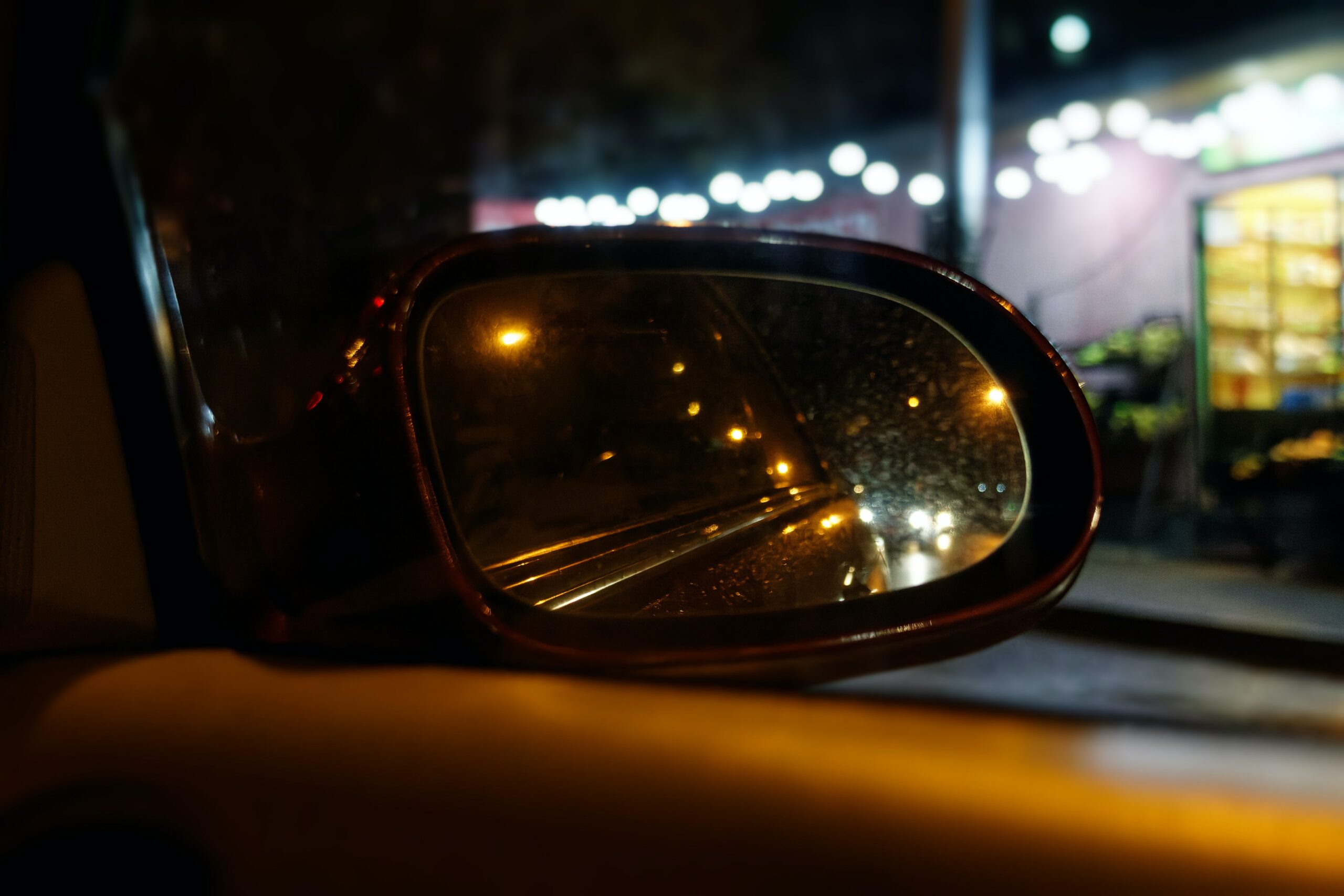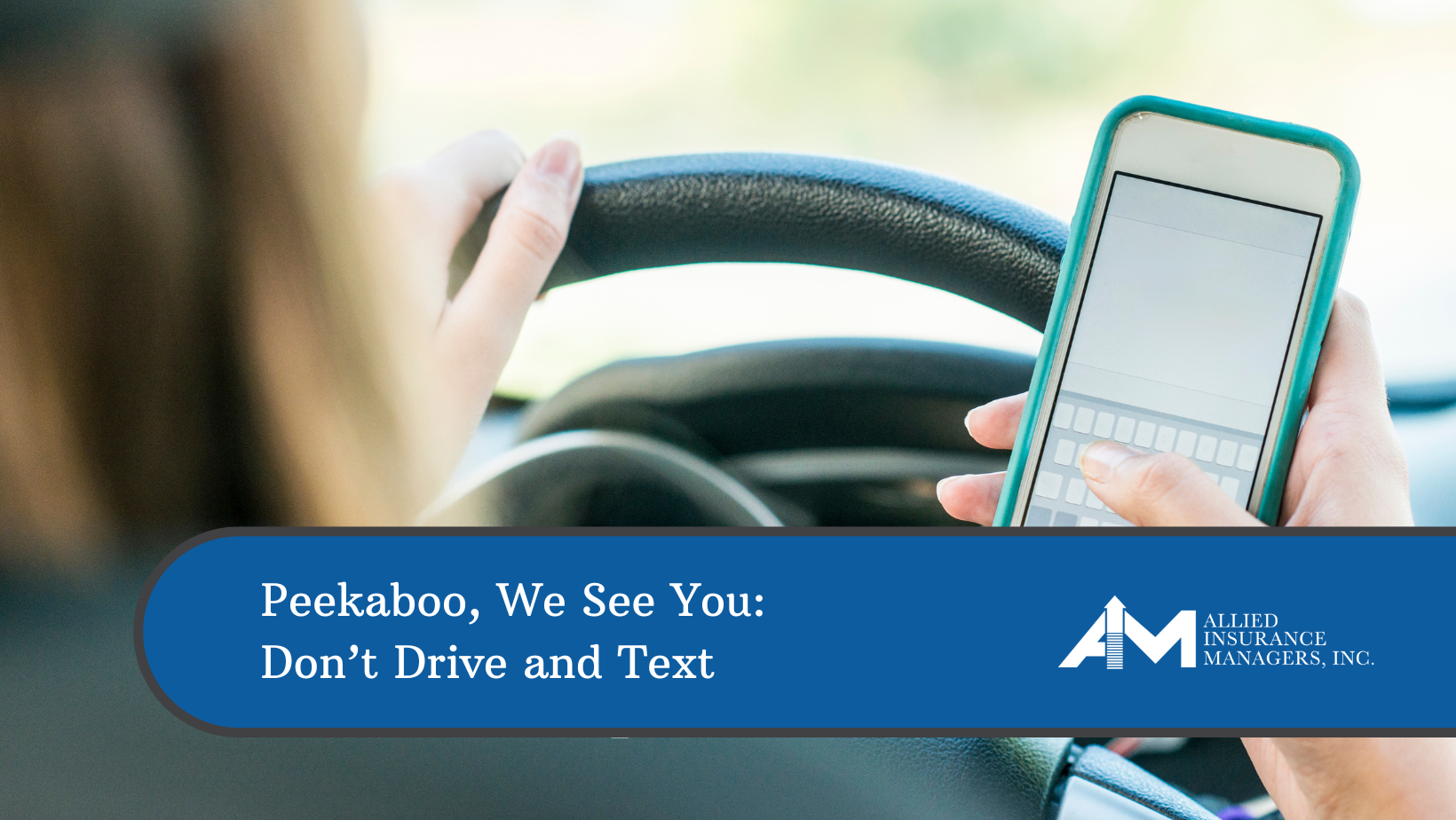Car Mirror Adjustment- Are You Doing it Right?

“The other car was in my blind spot!” is something heard frequently when discussing lane change or merge crashes. Knowing how to adjust and use mirrors is one of the easiest and most effective ways to prevent this type of crash.
Drivers are now becoming more accustomed to – and rely upon – technology to reduce blind spot crashes. While these are indeed great tools to aid in these situations, drivers should not rely solely on technology to prevent crashes.
This brings us back to mirrors.
Whether it’s a private passenger auto or a tractor-trailer, most blind spots can be eliminated with mirror adjustment. There are some blind spots associated with tractors that are closer to the front of the cab, but most of these can be eliminated with custom mirrors.
Many of us were taught to adjust the side mirrors to show a significant portion of our own vehicle when glancing back. This limits the field of view for the driver and leads to blind spots.
The proper way to adjust a mirror is to first adjust the driver seat where it needs to be. Lean slightly to the left, close to the driver window, and move the mirror so the rear of the vehicle is barely visible. Repeat for the passenger side mirror, leaning to your right toward the middle of the vehicle. When adjusted properly, a vehicle approaching from lanes to the left or right of the vehicle should pass directly from the side mirror to the peripheral vision of the driver.
If you haven’t done this, you might want to give it a try. You also may want to share this technique with others in your household or with your company drivers if you’re a business owner.
Remember, nothing beats the quick glance over the shoulder, but mirrors can be a driver’s best friend….and unless you’re driving an antique or classic vehicle, they come with the car.
This loss control information is advisory only and has been provided by our partners at Cincinnati Insurance Company. The author assumes no responsibility for management or control of loss control activities. Not all exposures are identified in this article.

